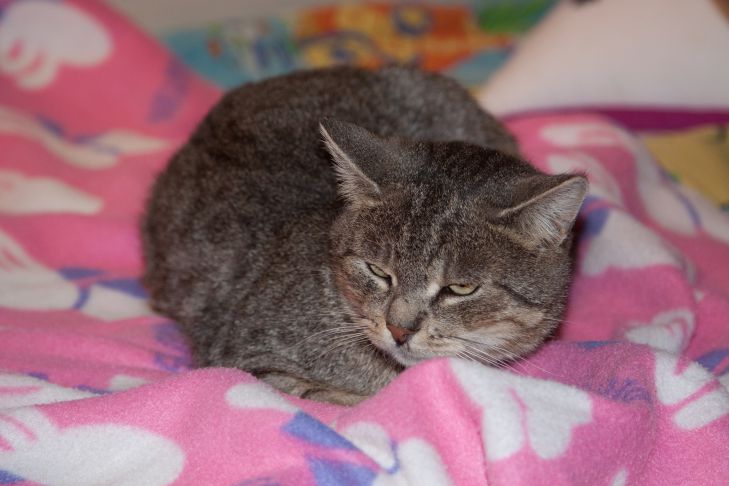Why Cats See in the Dark: It Turns Out Many Don't Know
There is an opinion that cats see well not only during the day, but also at night. This is actually true, but there are some nuances. Let's figure it out.
Whether you have a cat or not, you've probably wondered if cats can see at night and how well they navigate if they can't see anything around them.
Cats see quite well in the dark because they have more rod cells, which are responsible for perceiving light and darkness, and because they have a reflective layer in their eyes. This layer is capable of reflecting 130 times more incoming light than the human eye.
Our eye receptors consist of two main types - rods and cones.
Cones are responsible for the ability to see colors. To do this, cones perceive colors as waves and transmit them to the brain, which reinterprets them into colors.
Rods are the crucial receptors for us when it comes to perceiving light and darkness. This is one of the reasons. Cats have many more rods than we do.

This means that even in the dark, their eyes are able to absorb much more incident light than human eyes. Cats have significantly higher light output than humans due to the larger proportion of rods.
The human retina has about 200,000 rods per 1 mm2. Cats have about 460,000 rods per 1 mm2, which is twice as many as humans.
Tapetum - a light amplifier in the cat's eye
The second reason is the tapetum lucidum. This is the so-called layer in the eye, located behind the retina. This layer acts somewhat like a mirror. Incident light hits the retina and the mirror layer behind the retina, which reflects the light.
Through this reflection, the light is practically transferred back and touches the retina again. Thus, the incident light touches the retina exactly twice. This results in a much greater use of light than in humans, making it possible to see very well in the dark.
Have you ever wondered why cats' eyes light up at night when something bright shines on them? This is due to the reflective layer - tapetum lucidum. The reflection is so strong that even our human eyes can perceive it.
Cats only need 1/6 of the light
As you can see, cats are perfectly prepared for night life. The perfect interaction of a large number of rods and a reflective layer behind the retina allows the cat's eye to optimally use incoming light even at night.
This is why cats require only one-sixth the amount of light that we humans need for optimal vision.
What if it is completely dark indoors or outdoors?
The cat's eye is unique. But even it has its limits. In order for our pets to see in the dark, there must be a light source that the cat's eye can use. Without them, cats can't see anything.
Another reason for a cat's ability to see well in the dark is the pupil itself. A cat's pupil can open three times more than a human's pupil.
The pupil increases to approximately 90% of the entire eye, allowing three times more light to reach the retina than in humans.
Thus, the cat can optimally use any incident light, no matter how small it is, and see well at night, no matter how dark it is. If there is no light source, the cat navigates with the help of other organs.
Nature has created cats with unique abilities so that they can get their own food and explore this amazing world.
Previously, we talked about what you need to know to get a husky .
